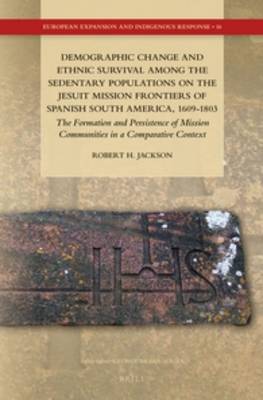Beginning in 1609, Jesuit missionaries established missions (reductions) among sedentary and non-sedentary native populations in the larger region defined as the Province of Paraguay (Rio de la Plata region, eastern Bolivia). One consequence of resettlement on the missions was exposure to highly contagious old world crowd diseases such as smallpox and measles. Epidemics that occurred about once a generation killed thousands. Despite severe mortality crises such as epidemics, warfare, and famine, the native populations living on the missions recovered. An analysis of the effects of epidemics and demographic patterns shows that the native populations living on the Paraguay and Chiquitos missions survived and retained a unique ethnic identity. A comparative approach that considers demographic patterns among other mission populations place the case study of the Paraguay and Chiquitos missions into context, and show how patterns on the Paraguay and Chiquitos missions differed from other mission populations. The findings challenge generally held assumptions about Native American historical demography.
- ISBN10 9004284990
- ISBN13 9789004284999
- Publish Date 27 March 2015
- Publish Status Active
- Publish Country NL
- Imprint Brill
- Format Hardcover
- Pages 290
- Language English
- URL brill.com/product_id70303
